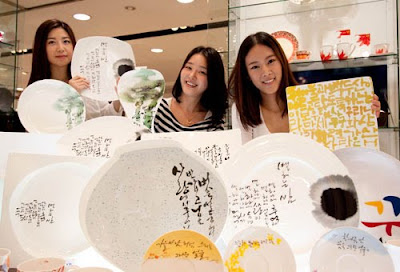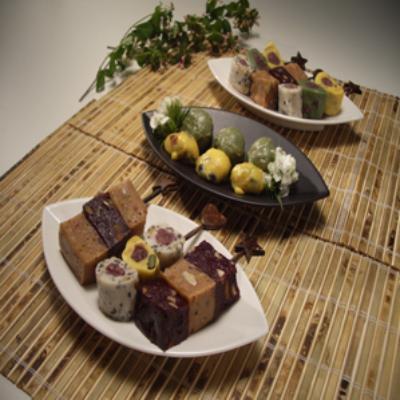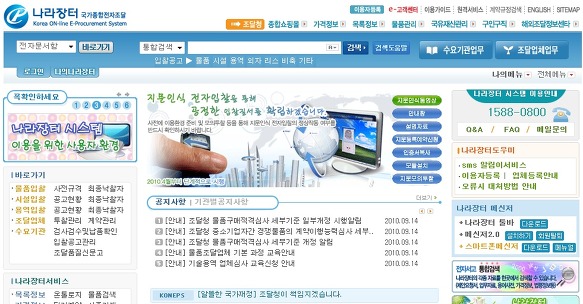
Article referred to
http://www.seoulsummit.kr/eng/goPage.g20?menu_seq=G20MENU00061&return_url=TOP02_SUB01
From the G7 to the G20
The G20 was formally established at the G7 Finance Ministers’ meeting on 26 September 1999. The emergence of the G20 stemmed from the changing economic reality – a response both to the financial crises of the late 1990s and to a growing recognition that key emerging countries were not adequately included in the core of global economic discussion and governance.
So, the original G7 (composed of the US, Japan, United Kingdom, France, Germany, Canada and Italy) grew to the G20. At the third G20 summit held in Pittsburgh on September 24-25, 2009, the G20 was designated as the premier forum for international economic cooperation. Today, the G20 represents two thirds of the world’s population and nearly 88% of the world’s economy.
Who are the G20 and their heads of state?
The G20 includes 19 countries and the European Union.
* G7 : US, Japan, United Kingdom, France, Germany, Canada, Italy
* 4 Asian Countries : Republic of Korea, China, India, Indonesia
* 3 Latin American Countries : Argentina, Brazil, Mexico
* 4 European Countries : Russia, Turkey, Australia, the EU Chair
* South Africa and Saudi Arabia
To view details of the G20 countries including their leaders, click the following link :
http://g20.korea.net/html/g20/members.asp
Who else will participate in the Seoul Summit in addition to the G20?
Korea will invite 5 non-member countries and 7 international organizations to the G20 Seoul Summit (scheduled for November 11-12) that have close relationships with the agendas of the summit.
The 5 non-members are Malawi, Vietnam, Spain, Singapore and Ethiopia, and the 7 international organizations include the United Nations, International Labor Organization, World Bank, International Monetary Fund, Organization for Economic Cooperation and Development, World Trade Organization, and the Financial Stability Board.
Non-G20 member countries have been invited to previous G20 summits in order to enhance the effectiveness and representativeness of the meeting.











